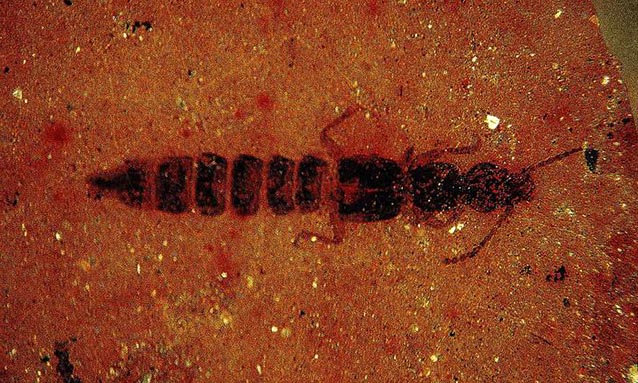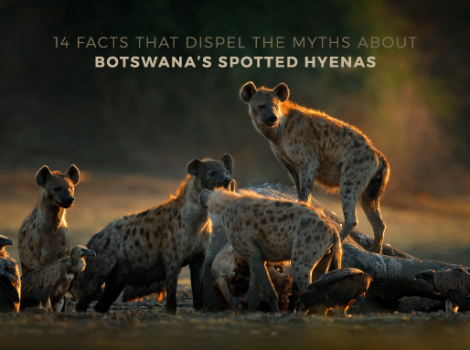
1 April 2024
A new beetle species, the Paleothius mckayi, has been discovered at Debswana’s Orapa diamond mine in Botswana, the world’s largest diamond mine by area. With this finding, the geographical and temporal boundaries of our understanding of these ancient creatures have been extended.
The specimen is part of the staphylinid rove beetles, dating back to the Cretaceous period, around 90 million years ago.
In a paper published in the Journal of Entomological Science, the Wits University researchers behind the discovery explain that this is the first recorded fossil of a staphylinid rove beetle in Africa and notably, in the Southern Hemisphere.
This region of Botswana, known for its rich deposits of the Cretaceous age, has become a pivotal site for understanding the biodiversity of the past, revealing a world where these beetles roamed alongside dinosaurs. Paleothius mckayi has been named in honour of Ian James McKay, a notable figure in the field of paleoentomology, who significantly contributed to the training of the article’s lead author Sandiso Mnguni.
This species, unearthed from deposits that accumulate in lake environments, showcases a symmetrical and elongated body, an elongated head, and notably long antennae.
Its sharp, scissor-like mouthparts suggest a predatory lifestyle, actively hunting prey within the leaf litter surrounding a crater lake that once existed in this region.
Rove beetles, in general, are recognised for their highly mobile lifestyle and versatile habitat preferences, ranging from soil and leaf litter to water margins and even animal nests. The staphylinid group exemplifies this adaptability, with species found in different environments worldwide. These beetles are critical in controlling pest populations, breaking down organic matter, and contributing to nutrient cycling within their ecosystems.
According to the researchers, until now, similar fossils have been found in diverse locations such as China, Russia, Myanmar, and England, but the addition of Botswana to this list highlights the Orapa diamond mine as a crucial Cretaceous deposit in Africa with a rich biota, encompassing various groups of plants and insects.
Punctuated Evolution
The discovery also emphasises that these types of beetles were not just present but thriving alongside dinosaurs, and they have mostly stayed the same over millions of years. This idea, that some creatures evolve very slowly, supports what scientists call “punctuated evolution”—the notion that evolution can happen in bursts following long periods of little change.
Moreover, this beetle shares some family traits with another group of beetles, suggesting these groups have been related since the Jurassic period, even longer ago.
The process of describing a new species from such fossils demands hours of detailed morphological analyses under both polarised and unpolarised light, allowing researchers to observe and interpret the specimen’s features meticulously. This work often requires repeated examinations to identify unique characteristics that justify the classification of a new species.
“The more you look at the specimen, the better you’ll get at understanding it. You might notice details you missed before, which helps you describe it better,” Mnguni said in a media statement.
“There are more fossil rove beetles that will be described from the same deposit by the same authors in the near future, and there are also many fossil insects belonging to other groups that await description. This promise of future research highlights the untapped potential of the Orapa deposits in enriching our understanding of Cretaceous ecosystems and the evolutionary trajectories of insect life on earth.”
Source: https://www.mining.com/new-beetle-species-discovered-at-orapa-diamond-in-botswana/



